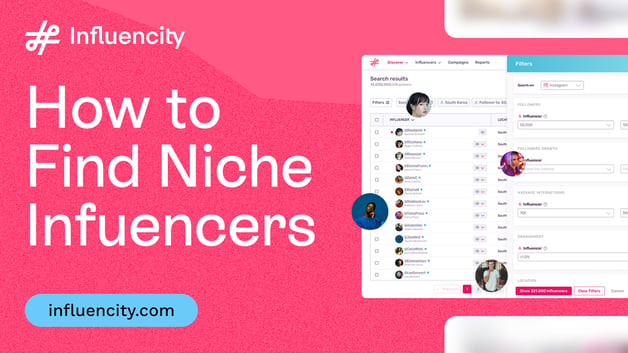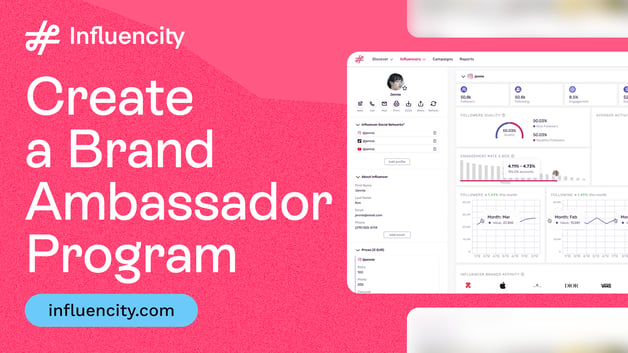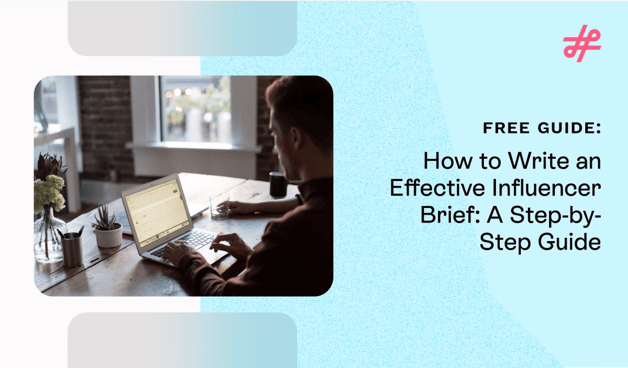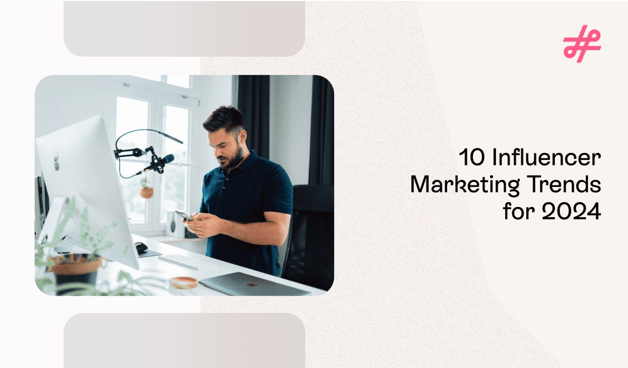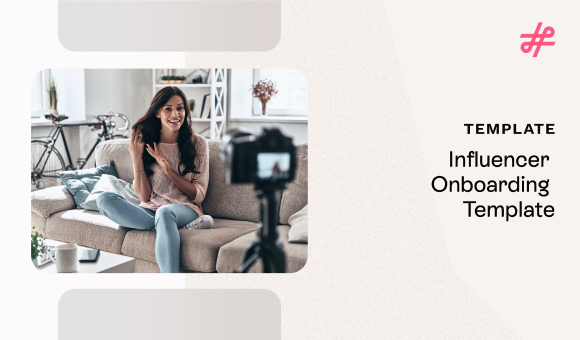Influencer Marketing
Apple-Level Aesthetic: Defining Influencer Creative Direction Without Diluting Your Brand
Influencer Marketing
Sleek, minimalist, and emotionally resonant – Apple’s visual identity is instantly recognizable. Whether you go to the brand’s website, visit its social media pages, or see an ad for its latest products, this aesthetic stays consistent no matter where you look. Like in this ad for Apple Intelligence that popped up on my LinkedIn feed:

Even when Apple works with creators, the content seems to accurately reflect the brand identity. See how iJustine’s review video of the Apple Vision Pro looks like something that would fit right into the brand’s own website. Yet whether the brand works with tech reviewers or photographers, it never feels like an ad.
That’s because Apple nails the art of influencer creative direction, striking that perfect balance between brand alignment and creative freedom.

Apple’s approach with creative direction serves as a blueprint for brands and agencies looking to elevate influencer campaigns with intention and clarity. In this article, I explore how Apple guides influencers to align perfectly with its brand identity through well-structured briefs, visual mood boards, and narrative storytelling cues—without limiting creative freedom.
Case Study: Apple’s #ShotOniPhone Campaign
- Platforms: Instagram, YouTube, TikTok
- Creators: Professional photographers, travel influencers, tech reviewers
- Creative Direction Elements:
- Mood Board: Urban landscapes, clean lighting, cinematic tones
- Tone: Poetic, intimate, reflective
- Visual Guidance: Emphasis on storytelling through visuals over spoken narration
- Brand Integration: Subtle – Device used as a tool; not the focal point
Over the years, Apple’s run a bunch of creative and noteworthy campaigns. For the purpose of this article, I’ll focus on the #ShotOniPhone campaign – Apple’s ongoing, creator-led campaign.
The campaign focuses on leveraging the creativity of photographers, travel influencers, and tech reviewers to showcase the limitless potential of the iPhone in creating captivating visuals. Each creator featured in the campaign channels their creativity, bearing in mind Apple’s branding and creative direction. This results in authentically unique and well-crafted visuals that stick closely to the brand’s identity.
Most of the influencer-generated content features clean lighting, urban landscapes, and cinematic tones. I love the unique framing and color contrast in the following image by Jonathan Lo (@happymundane). It boasts clean lines and dramatic tones, artistically showcasing the beauty of modern architecture.
Apple’s creative direction for the campaign emphasizes visual storytelling instead of spoken narration. While the posts often include captions with short quotes from the respective creators, these captions mostly talk about the creative process. Meanwhile, the visuals themselves tell a bigger story through poetic, intimate, and reflective tones.
I love the depth of the following image captured by photographer Erin Brooks. The subdued tone shifts the focus away from the water to the moment, telling an impactful story about the experience.
Across the entire #ShotOniPhone campaign, Apple’s brand integration is subtle. Instead of making iPhone devices the focal point, they use them as a tool to demonstrate their capability in bringing creative visions to life.
Even in the brand’s partnership with Erik Henriksson, the cinematographer exhibits how he uses the iPhone to shoot an entire music video for The Weeknd. Compared to other campaign content, this partnership places a greater focus on the device. But rather than simply listing out the features, it still focuses more on the outcome that you can achieve using the device as a cinematographic tool.
The Result
Apple’s #ShotOniPhone campaign has generated millions of UGC-style entries from creators and everyday users alike. On Instagram alone, the hashtag has been used in over 31 million posts.

This showcases a deep audience engagement without over-branding. At the same time, across these millions of user-generated content posts, you’ll see a consistent visual language that aligns closely with Apple’s brand identity.
Why It Works: Real Influencer-Brand Pairings
To get an even better understanding of why this Apple campaign works so well, let’s break down a few influencer-brand pairings.
Apple + @charlot_t__e
Charlotte Laboyrie (@charlot_t__e_) is a photographer who specializes in light and reflections, creating abstract photographic pieces that closely align with Apple’s visual DNA. She uses the iPhone to capture stunning reflection art during her walks through the city, positioning the device as the perfect photography tool for everyday use.
Apple + @peterquinstagram
Peter Quinn (@peterquinstagram) is a motion designer specializing in silly yet creative visual effects. He uses the iPhone to create unusual and out-of-the-box visual effects, showcasing its potential for creative execution.
Apple + @mkbhd
Marques Brownlee (@mkbhd) is a tech YouTuber known for creating videos with high production value and honest reviews. He’s also one of the few creators who receives products from the Apple Review Division. His production style and personal brand match Apple’s premium, minimalist brand tone.
Key Elements of Effective Creative Direction
If you’re looking to achieve Apple-level aesthetic for your influencer marketing campaigns, it’s all about creative direction. This will serve as a guideline that will help creators align their content with your brand as they bring their creative vision to life. For your creative direction to be effective, it needs to contain three main elements.
Mood Boards and Visual Tone Guide
Words can only go so far when you’re trying to describe your desired aesthetic. Not to mention the risk of misinterpretation and miscommunication, especially as you work with multiple creators. “Bold” to one person may equal vivid colors and striking imagery while another creator may take it to mean “risqué.”
In other words, there’s a high chance that you may fail to accurately express your brand’s vision through words alone. So make sure to include visual examples to show (not tell) the aesthetic that matches your brand’s identity and campaign vision.
Create mood boards using Pinterest or Notion, highlighting the visual tone for your campaign. Include color palettes and tones as well as objects and other visual elements that align with your desired aesthetic. Add a few examples of the types of images that accurately capture the visual tone you have in mind.
Canva also offers a few mood board templates that you can customize to fit your brand’s aesthetic.
.png?width=600&height=429&name=White%20%26%20Green%20Modern%20Bar%20Chart%20Graph%20(70).png)
Storytelling Prompts
When branding is a priority, it may seem like a good idea to provide creators with a strict script and ask them to stick to it. With a script written in your brand voice, there’s no doubt that you’ll get the branding right.
At the same time, your brand voice isn’t the voice that the creators typically use to speak to their audience. So you end up with content that feels overly promotional, too polished, or just somewhat “off.” In other words, creators can’t use their authentic voice, which means they lose their creativity.
In this case, you’re failing to balance branding with creative freedom.
This is why I want to stress on giving creators prompts instead of scripts. Give them a narrative to work with, so they can get creative and add their unique voice and perspective into the storytelling.
For example, ask them to share how one specific feature of your product has made their lives easier instead of writing an entire script promoting the feature.
When Cuchen USA ran a campaign promoting their rice cooker, they partnered with several Asian food influencers. The creators were given a prompt to share elaborate Asian-inspired recipes they can quickly put together using the brand’s rice cooker.
Using this prompt, the influencers were able to creatively share unique content, forming a narrative around versatility and convenience.

Platform-Specific Adaptations
Besides the two essentials, it’s also important to keep any platform-specific best practices in mind. Adapt your influencer content to align with what works best on each platform. This will result in a campaign that engages audiences across different platforms.
- TikTok: On TikTok, raw, behind-the-scenes footages tend to work really well. Consider videos with low-fi energy to keep up with what’s currently trending on the platform and appeal to current audience interests.
- Instagram: Instagram is all about polished and curated visual stories. Focus on visually striking imagery that will instantly capture attention before driving further engagement.
- YouTube: YouTube is where people are more likely to tune into long-form video content. Story arcs and videos with depth tend to perform best. And you can’t go wrong with honest reviews that are infused with the creator’s unique personality.
Checklist: How to Define Your Influencer Creative Direction
Ready to take your influencer creative direction to the next level? Below, I give you a checklist to help you define your creative direction for more impactful influencer partnerships.
1. Have a Brand Tone Guide Available
Start by preparing your brand tone guide. This guide should include both visual tone and overall brand voice.
Define how your brand wants to speak to the audience so influencers have a better idea of how to connect with the audience. Explain whether you want something fun and casual, professional yet approachable, or witty and humorous. This will help them align their messaging to fit your brand voice.
Make sure to showcase the visual tone you’re looking to achieve for the campaign. Include color palettes, filters, and other visual elements that accurately demonstrate the campaign’s visuals.
It helps to have a brand content guideline in place so you can easily use it across all your marketing campaigns, whether or not it involves influencers. This is a comprehensive document containing all the guidelines on how to create content for your brand. It includes details about brand voice, language, fonts, color palettes, aesthetics, and more.

2. Offer 3-5 Visual References Per Campaign
When it comes to communicating your vision, it’s best to do it through visuals. Provide visual references to serve as examples of the campaign aesthetic you’re looking to achieve.
Include at least three examples of your ideal campaign visuals. This may include illustrations or photos that accurately capture the aesthetic of the influencer campaign. These examples should either contain the key color themes you’ve chosen for your campaign or exude the overall campaign vibe.
At the same time, make sure to not overwhelm influencers with too many examples. You should typically limit your visual references to five. Too many examples could confuse rather than clarify.

3. Clarify Must-Haves
Next, make sure to be clear about all the content must-haves. This means everything that the influencer's content needs to include. That way, even with creative freedom, influencers still include all the essential details for effective campaign execution.
Make sure to specify if you need them to display the products a certain way. For example, clarify if you need them to show it in a specific setting or if you need them to show their before and after images. Similarly, include instructions about verbal mentions. For example, specify if you need them to mention certain benefits and offers or use certain words when promoting the product.
4. Leave Room for the Creator’s Own Style
Of course, you can’t leave out the creator’s unique style. This is what makes them unique and sets them apart from other creators. For example, one creator may create content using bold colors while another may specialize in fun and quirky content. In other words, their style gives them personality and adds to their content authenticity.
Give creators the freedom to infuse their own style when creating content for your brand. While they should still keep your brand’s style and content requirements in mind, make sure they don’t have to sacrifice their personal content style.
That way, they’ll be able to create authentic content that doesn’t look out of place. So they can build a genuine connection with the audience and generate brand trust, which will add to your campaign success.
Notice how the following #ShotOniPhone post features bright and bold colors in contrast with the model’s dark skin.
This aligns perfectly with the creator’s art style as you can instantly see on his Instagram page.

5. Align Storytelling Format with Platform Trends
Finally, you’ll want to consider the various trends taking over different platforms. This will allow you to align your storytelling format based on what works best on each platform.
For example, the TikTok ecosystem tends to favor footages that appear raw and authentic over highly polished and edited videos. On the other hand, strategically curated visuals and carousel posts would serve you well on Instagram. More importantly, platform trends change over time, so make sure to keep up with them to adapt your influencer content accordingly.
Mastering the Craft of Creative Direction
When it comes to branding, there aren’t a lot of brands on the same level as Apple. This shows even with their influencer-focused marketing campaigns, with impactful creative direction that keeps the branding consistent.
Learn from the best with the case study breakdown I shared above. And make the most of the tips and ideas to perfect the art of creative direction.
Tags:
Creative Direction
Jackie Zote
Jacqueline Zote is a freelance writer and content producer who specializes in putting together in-depth guides and articles on all things related to digital marketing. As a social media native who’s chronically online, she uses her expertise and experiences to tap into the pulse of social media and influencer...





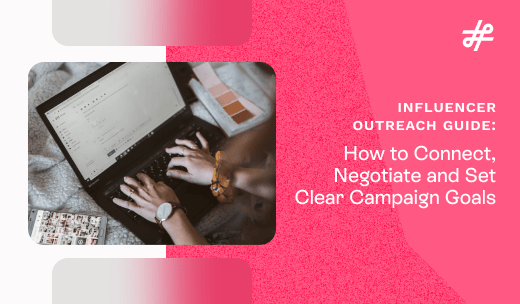
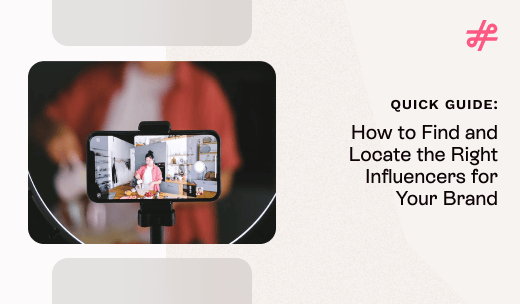



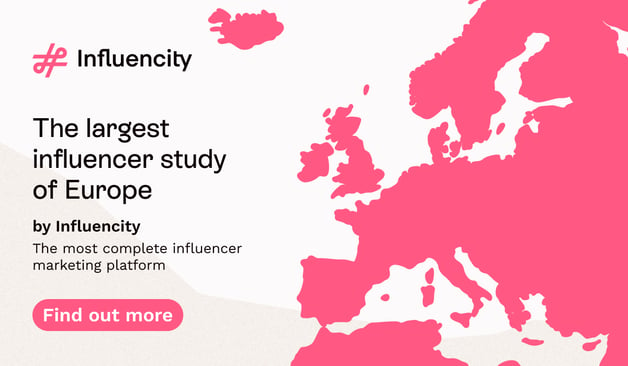

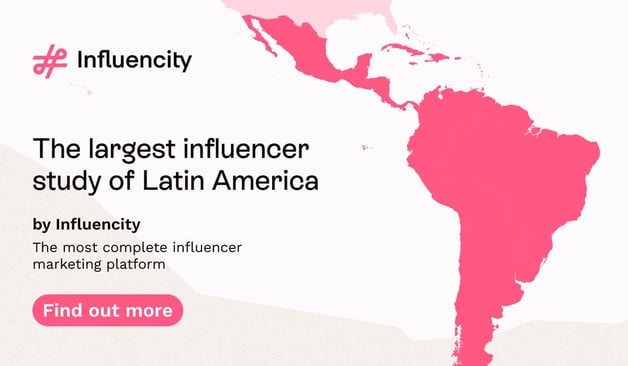


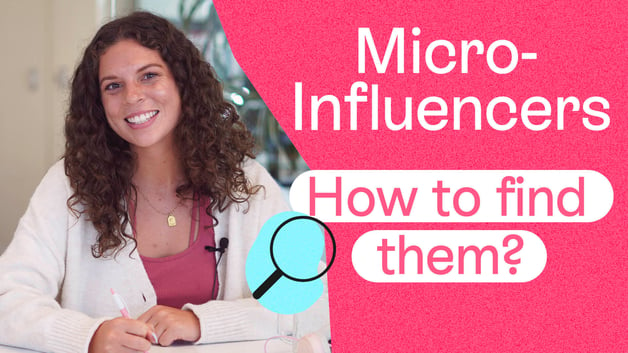


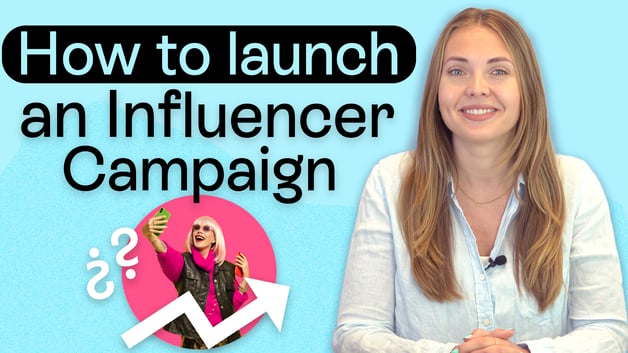



%20and%20How%20Can%20They%20Benefit%20Your%20Brand%20article.jpg?length=628&name=What%20Are%20Key%20Opinion%20Leaders%20(KOL)%20and%20How%20Can%20They%20Benefit%20Your%20Brand%20article.jpg)
